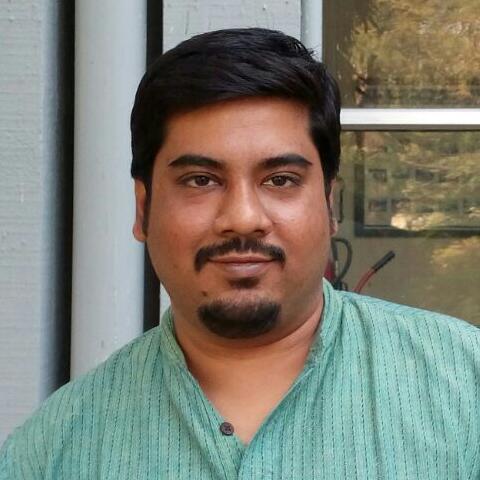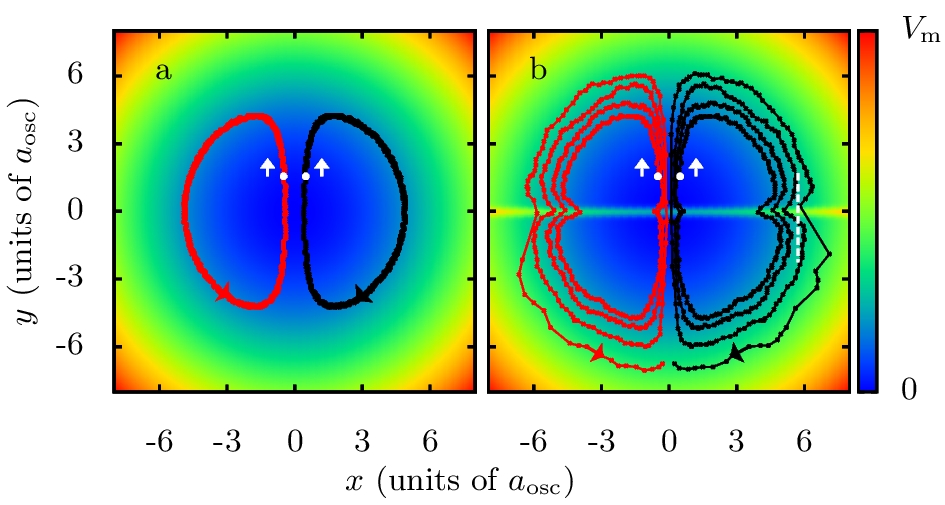
|
Arko RoyPost Doctoral FellowINO-CNR BEC Center, Dept. of Physics, University of Trento, Italy. Google Scholar: VDH8T4cAAAAJ ORCID id: 0000-0003-4459-2880 |
| E-mail: arko.roy@unitn.it | |
| Phone: +39 348 699 0026 |
Home | Research | Publications | Presentations | Codes | Contact



